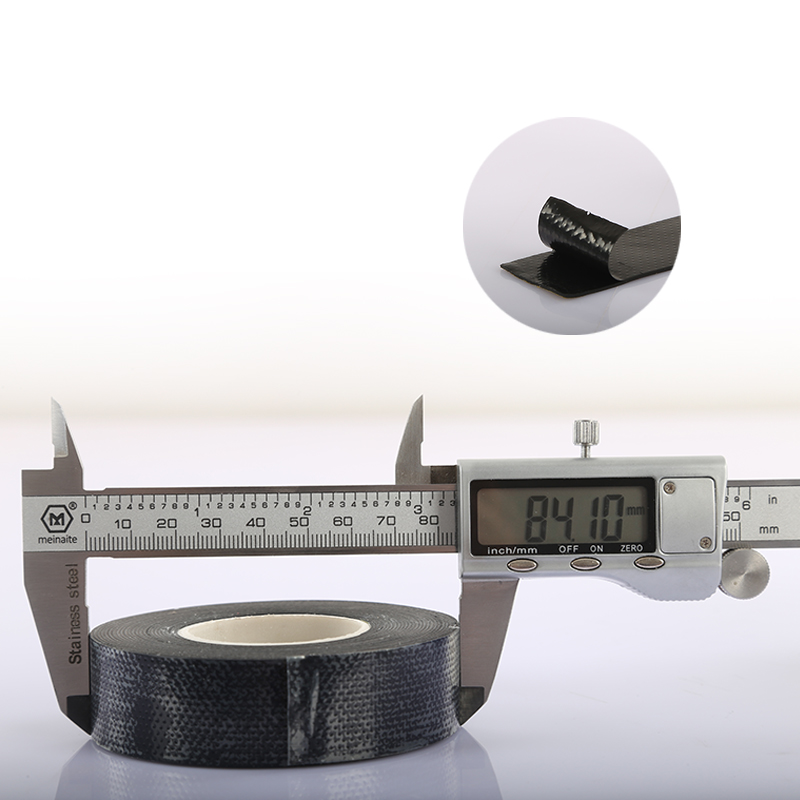The Benefits and Applications of Rubber Foam Insulation Tape
Rubber foam insulation tape is a versatile and highly effective material widely used across various industries to improve energy efficiency and provide thermal insulation. This specialized tape, typically made from closed-cell rubber foam, plays a significant role in minimizing heat loss, reducing noise, and providing a barrier against moisture, making it a popular choice for both residential and commercial applications.
One of the primary advantages of rubber foam insulation tape is its exceptional thermal insulation properties. The closed-cell structure of the foam creates pockets of trapped air, which serve as an effective barrier against heat transfer. This means that when applied to piping, HVAC systems, or even in gaps around doors and windows, the tape can significantly reduce energy consumption by keeping heated or cooled air from escaping. Homeowners often find that properly insulating their homes with such materials results in lower utility bills and a more comfortable living environment.
Moreover, rubber foam insulation tape is highly resistant to moisture, which can be a critical factor in preventing the growth of mold and mildew. In damp environments, such as basements or areas with plumbing, the use of insulation tape can help to seal off potential water entry points, thus protecting both the structural integrity of the building and the health of its occupants. This moisture-resistant quality makes rubber foam tape ideal for applications where water exposure is a concern, including pipe insulation and HVAC duct sealing.
In addition to its thermal and moisture-resistant advantages, rubber foam insulation tape provides excellent soundproofing properties. It can effectively dampen vibrations and reduce noise transmission, making it an ideal solution for both industrial and residential applications. For instance, when used to insulate HVAC units, the tape not only improves the energy efficiency of the system but also minimizes operational noise, creating a quieter and more enjoyable environment.
rubber foam insulation tape

The application process of rubber foam insulation tape is straightforward, making it accessible for both professionals and DIY enthusiasts. The tape typically adheres well to a variety of surfaces, including metals, plastics, and wood. It can be easily cut to size, allowing for precise fitting around irregular shapes and contours. This adaptability is particularly useful in areas such as electrical installations where various components require effective insulation to ensure safety and efficiency.
In terms of longevity, rubber foam insulation tape boasts impressive durability. Resistant to UV rays, ozone, and extreme temperatures, it maintains its performance and structural integrity over time, which means that once installed, it often does not require frequent replacements. This durability makes it a cost-effective solution in the long run, as it minimizes maintenance and replacement costs associated with less resilient insulation materials.
The environmental benefits of using rubber foam insulation tape also deserve mention. By improving energy efficiency, this type of insulation contributes to reducing carbon footprints, aligning with global efforts towards sustainability. Many manufacturers are now producing this tape using eco-friendly materials, further enhancing its appeal for environmentally conscious consumers.
In conclusion, rubber foam insulation tape offers a multitude of benefits that can greatly enhance both commercial and residential properties. Its thermal insulation properties contribute to energy savings, while its moisture and soundproofing capabilities improve the overall comfort and functionality of spaces. With easy application, durability, and environmental advantages, rubber foam insulation tape is a smart choice for those looking to improve insulation and efficiency in various settings. Whether for home use, industrial applications, or specialized insulation projects, this versatile tape provides a reliable solution to meet a wide range of needs.
-
XIANGFAN Rubber Tape-Ultimate Solutions for All Your Insulation NeedsNewsJun.24,2025
-
XIANGFAN Rubber Tape-Protection for Industrial and Residential ApplicationsNewsJun.24,2025
-
XIANGFAN Rubber Tape: Superior Safety and Sealing for Demanding EnvironmentsNewsJun.24,2025
-
XIANGFAN Rubber Tape: Reliable Solutions for Every Electrical ChallengeNewsJun.24,2025
-
XIANGFAN Electrical & Industrial Tape: Powering Reliability Across IndustriesNewsJun.24,2025
-
XIANGFAN Electrical & Industrial Tape: Excellence in Every ApplicationNewsJun.24,2025
